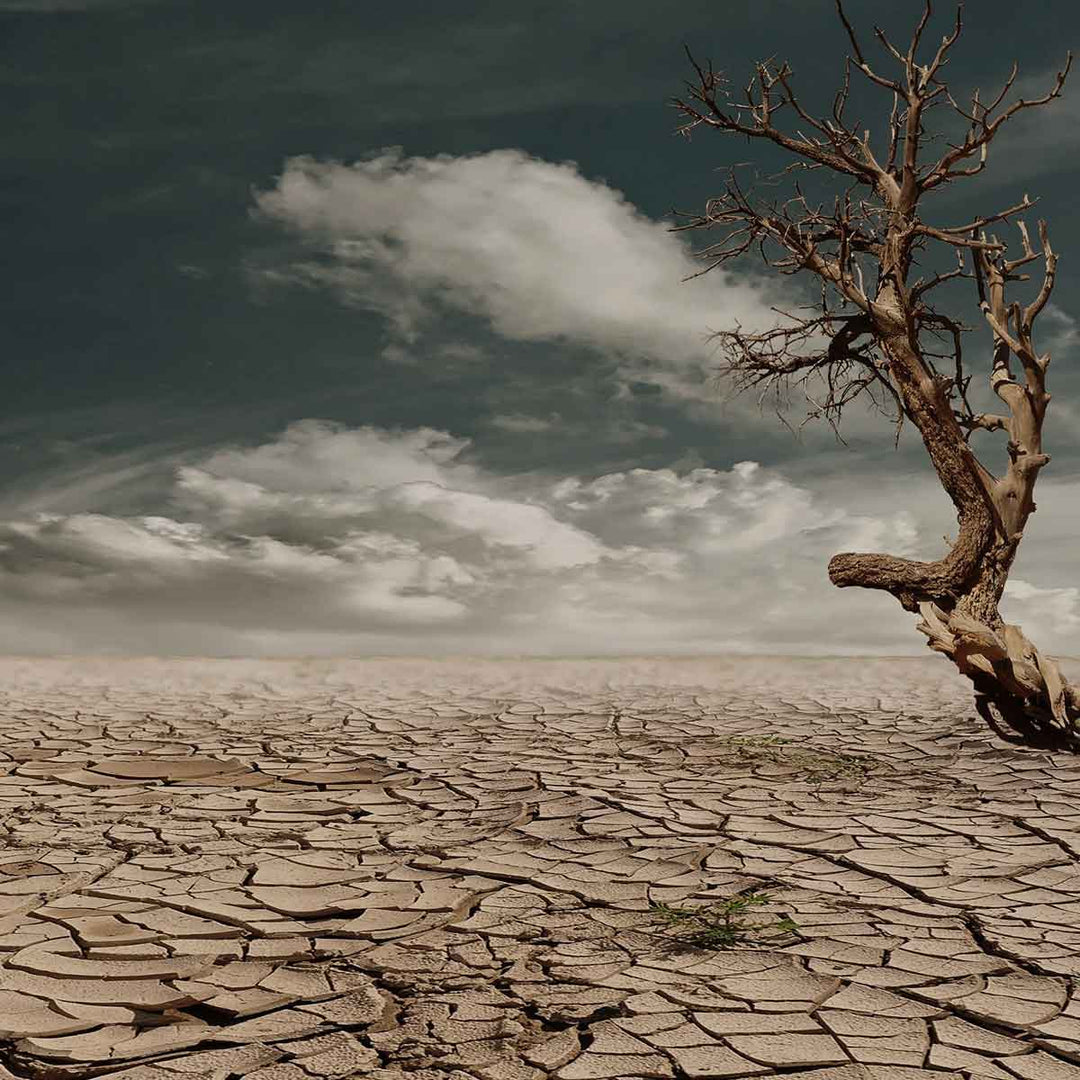What is Medical Waste?
Medical waste is a concept that we often encounter in health and environmental issues. It is possible to answer the question "What is medical waste?" as the used form of almost all kinds of materials in the field of health. There are three types of garbage bags for the collection of such waste. Thus, these collected waste materials can be more easily identified and separated. All residues of different materials used in hospitals, health centers and laboratories are classified as medical waste. If we open the answer to the question of what is called medical waste; It is possible to count many materials from surgical gloves to insulin needles, cadaver tissues to injectors. In order to dispose of this type of waste, it must first be classified correctly. If these wastes are not separated and disposed of correctly, they can cause great harm to both nature and human health. Our towels do not include any medical or chemical waste causing ingredients!

How are Medical Wastes Classified?
When classifying medical waste, attention is paid to its structure and the area where it is used. For example; for this process, it is checked whether the wastes in question are liquid or solid. In addition, while classifying medical waste, those with piercing and cutting properties are separated into a different place. In medical waste classification, those from health institutions and others are collected in separate garbage bins. Pharmaceutical waste is collected in blue colored bags. Needles, tissue samples, and piercing and cutting instruments are collected in black bags as household waste. Waste such as feces, blood samples and cadaveric tissues are placed in red bags. It is critical to classify these wastes so that they can be disposed of in a short time.
Infectious Waste
Infectious wastes are a class that poses a great risk to human health. It is possible to count laboratory cultures first in the waste class in question. Culture test materials used to detect bacteria and fungi in the human body are among the most infectious wastes. In addition, all materials that are part of quarantine practices are also included in this waste group. All items and medical equipment used by any person infected with an infectious disease are considered under this heading. In addition, all feces, especially urine and blood, are considered infectious waste.
Pathological Wastes
Pathological waste is also called anatomical waste. The category of anatomical waste includes animal and human body remains. This can be cadaveric tissues or organs. It also includes fetuses, dead animals and human body parts. Pathological waste also includes all fluids from human and animal bodies. Anatomical waste poses as great a risk to human and environmental health as infectious waste.
Cutters
All sharps used in the health sector fall under this waste group. Many materials that can cause injury, including normal and hypodermic needles, scalpel blades, knives, infusion sets and saws, are considered under this heading. In addition to these, many surgical instruments such as biopsy needles, intracaps, injectors, capillary tubes, petri dishes are collected and disposed of as sharps waste. These sharps are not necessarily only healthcare sharps. From broken ampoules to broken glass in hospitals or laboratories, all sharp and piercing objects that pose a risk of injury are in this waste group.
Pharmaceutical Waste
Expired medicines found in pharmacies or health institutions are included in this waste group. Chemicals and containers used in the production of majistral medicines also fall into this category. All materials used in injection procedures are included in pharmaceutical waste. Likewise, the packaging of these materials is also counted among the aforementioned wastes and is collected and disposed of. All unfinished medicines in homes and pharmacies are also included in this waste group.
Genotoxic Waste
Another type of waste that is risky for human health as well as the environment is genotoxic waste. These wastes include stostatic drugs. In addition, body fluids such as urine and vomit of oncology patients treated with these drugs are also included in this waste group. Such fluids may release chemical and radioactive substances due to the drugs used. For this reason, these drugs and body outputs should be collected and disposed of within the scope of genotoxic waste.
Chemical Wastes
Chemical wastes are defined by the International Environment Organization. All chemical residues that disrupt the ecological balance by damaging the environmental structure are included in this group. All substances that are toxic, corrosive, self-combustible and release gases when in contact with air and water are considered hazardous waste by the Ministry of Environment and Forestry. Some types of metals, medicines, medical devices and chemical wastes such as batteries must be deposited at the relevant recycling points.
Wastes Containing High Amounts of Heavy Metals
Heavy metals are found in soils and can easily enter groundwater. The presence of this type of metal in nature up to a certain level is beneficial and necessary for the flow of life. However, when these substances reach high levels, they turn into a poison for living things. This type of waste endangers the lives of living things both in water and on land. For this very reason, industrial facilities must remove heavy metals from wastewater. It is very important to remove heavy metals and apply safety standards so that this type of waste does not harm nature and the environment. Sources of hazardous heavy metals in wastewater include ion pools, air scrubbers in refineries, water from mines and foundries, and catalysts. All waste from such sources should be classified as hazardous and separated from heavy metals.
Pressurized Containers
Some hazardous gases and substances are transported in containers. These containers are classified as hazardous waste because they contain substances that are dangerous to human health and the environment for a long time. These containers should not come into contact with people and the environment as they contain substances that can cause explosions, fires and poisoning.
Radioactive Wastes
Medical waste hazards can be seen both in the short and long term. One of the waste groups that cause these damages is radioactive residues. Some materials that are not intended for reuse are also included in this group because they are contaminated with nuclear and radioactive waste. Systems and tools used in medicine, industry and research are all included in these wastes. From overalls to syringes, from ion exchange resins to high-level nuclear fuels, there are many different levels of radioactive waste. What are the Hazards of Medical Waste
What are the Hazards of Medical Waste?
Medical waste is one of the leading risk factors that threaten living life and natural balance. The type of waste in question is harmful to the health of many people working in health institutions, especially doctors, nurses and caregivers. People living in areas with high concentrations of these residues suffer from many diseases such as bronchitis, asthma, skin rashes, enteritis and ear infections. Moreover, medical waste also causes prion diseases. Such harmful substances cause neurological disorders and trigger urinary tract and lung infections. Medical waste has a negative impact on the lives of animals on land and in water as well as humans. In addition, the chemicals and toxic substances released from these wastes cause both air pollution and damage to greenery.
How to Store Medical Waste?
Medical waste storage is the stage before disposal. After collection, these residues are first transported to temporary storages or containers. The waiting time of medical waste in temporary storages is 48 hours. However, if the capacity of the temporary storages is sufficient and the ambient temperature is +4 °C, this period can be extended up to 1 week. If there are no suitable conditions in temporary storages for medical waste, it must be removed within 48 hours.













